Big cats have long captured human fascination, embodying both elegance and ferocity. As apex predators, these majestic creatures play a crucial role in their ecosystems. One of the most intriguing aspects of their behavior is how they establish and maintain their territories in the wild. Understanding these patterns not only sheds light on their survival strategies but also helps in conservation efforts. Let’s delve into the wilderness and uncover the secrets of territoriality among big cats.
Introduction to Big Cat Territoriality
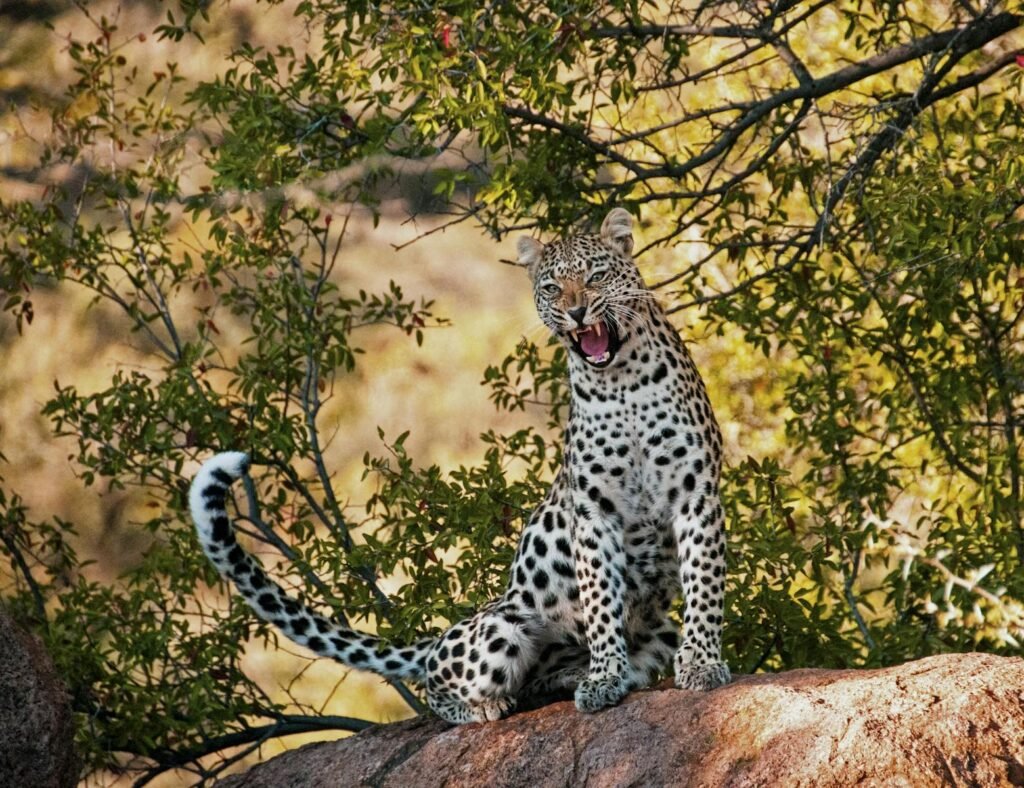
Territoriality is a core aspect of the life of big cats. Unlike many other species, big cats are solitary animals, except for certain periods like mating or when raising young cubs. Their territories are not just physical spaces; they represent safety, food resources, and potential mates. Big cats use a combination of scent markings, vocalizations, and visual signs to communicate ownership and boundaries.
The Role of Habitat in Territory Selection
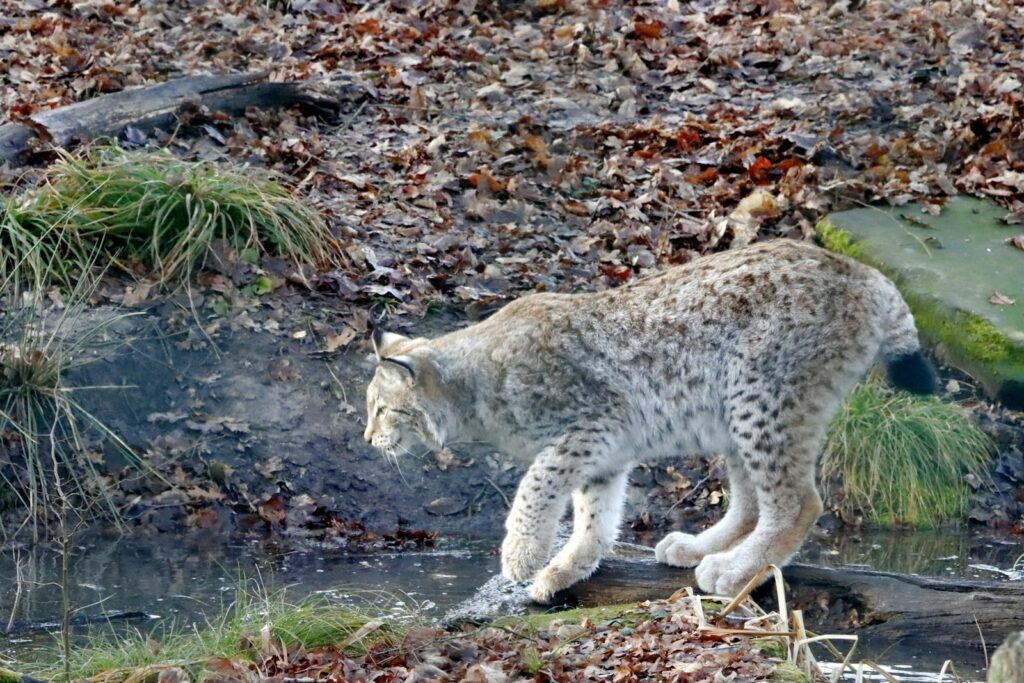
Habitat is a critical factor when big cats select their territories. Different species adapt to various environments, from dense forests to open savannas and mountainous regions. Each habitat offers unique advantages, such as prey availability, water sources, and cover for stalking. For instance, the tiger is often found in lush jungles, while lions dominate the open grasslands.
The Importance of Prey Availability
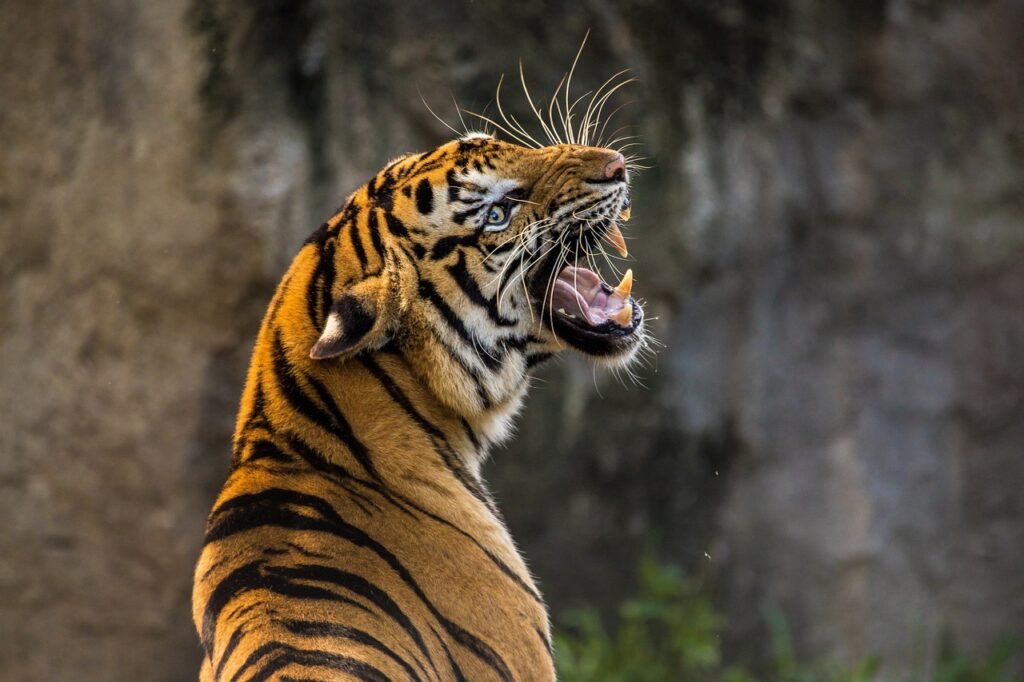
For any predator, the availability of prey is a non-negotiable requirement when choosing a territory. Big cats must ensure that their chosen area has enough food to sustain them and, if they are mothers, their cubs. This requirement forces some big cats to have overlapping territories, creating a highly competitive environment where dominant individuals tend to have access to the richest hunting grounds.
Territorial Markings and Communication
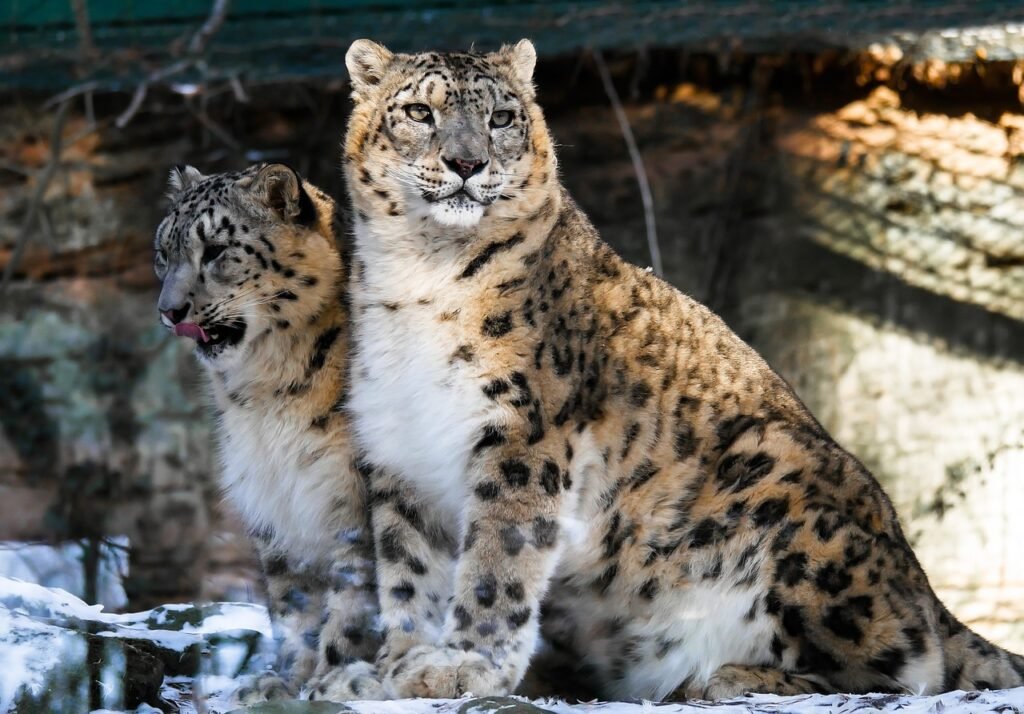
Scent marking is a primary method used by big cats to delineate their territories. They use urine, feces, and glandular secretions to leave detectable signals for others of their kind. Scents convey information such as age, sex, and reproductive status. Moreover, vocalizations like roars can serve as auditory fences that prevent encroachments and even attract mates.
Social Structures and Their Influence on Territories
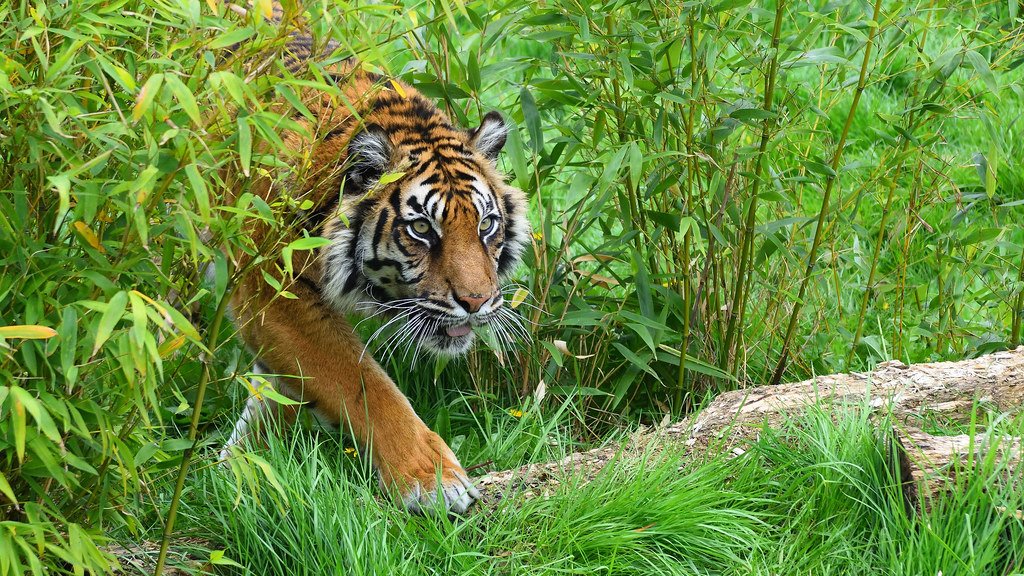
Although big cats are primarily solitary, social structures do play a role in territorial behavior. Lions are unique among big cats due to their social pride systems. A pride’s territory is shared, allowing for collaborative hunting and defense. On the other hand, species like the leopard and jaguar maintain strictly solitary territories where males and females interact only for breeding.
The Impact of Environmental Changes
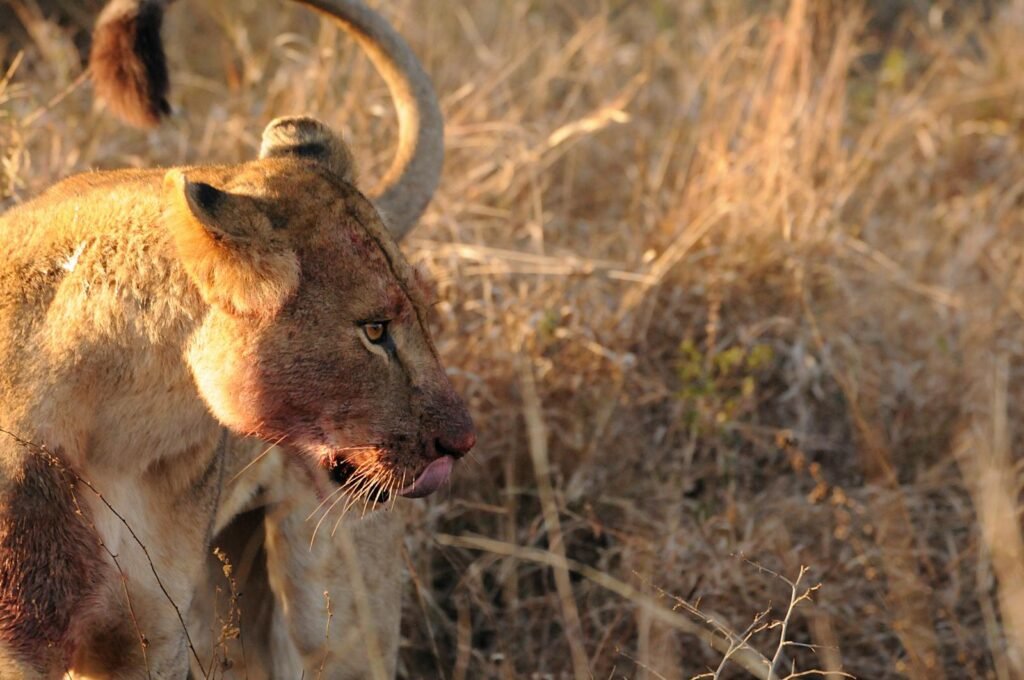
Environmental changes significantly influence territorial dynamics. In circumstances like droughts, habitat destruction, or climate change, territories can shift as big cats seek sustainable living conditions. Such changes can lead to increased human-wildlife conflict as territories overlap with human settlements.
Adaptations for Territory Defense
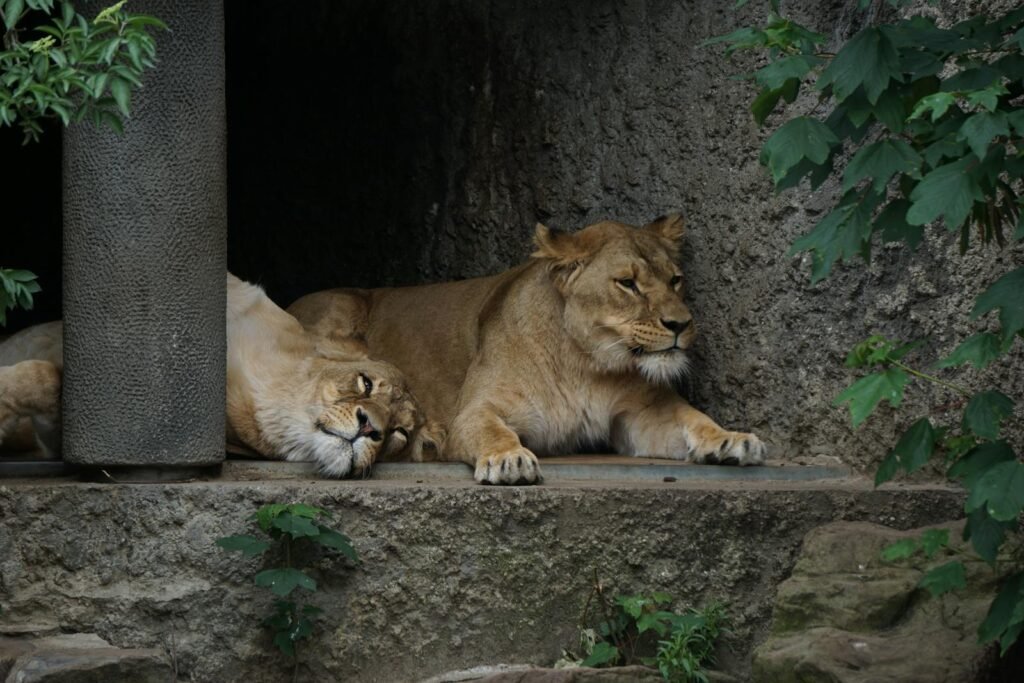
Big cats possess numerous adaptations for territory defense, including their physical prowess and stealthy movements. Some species, like the tiger, rely on intimidation and aggression to repel intruders, while others may avoid confrontation unless absolutely necessary. Their ability to maintain a balance between conflict and coexistence is essential for survival.
Case Study: Tiger Territories in Sundarbans
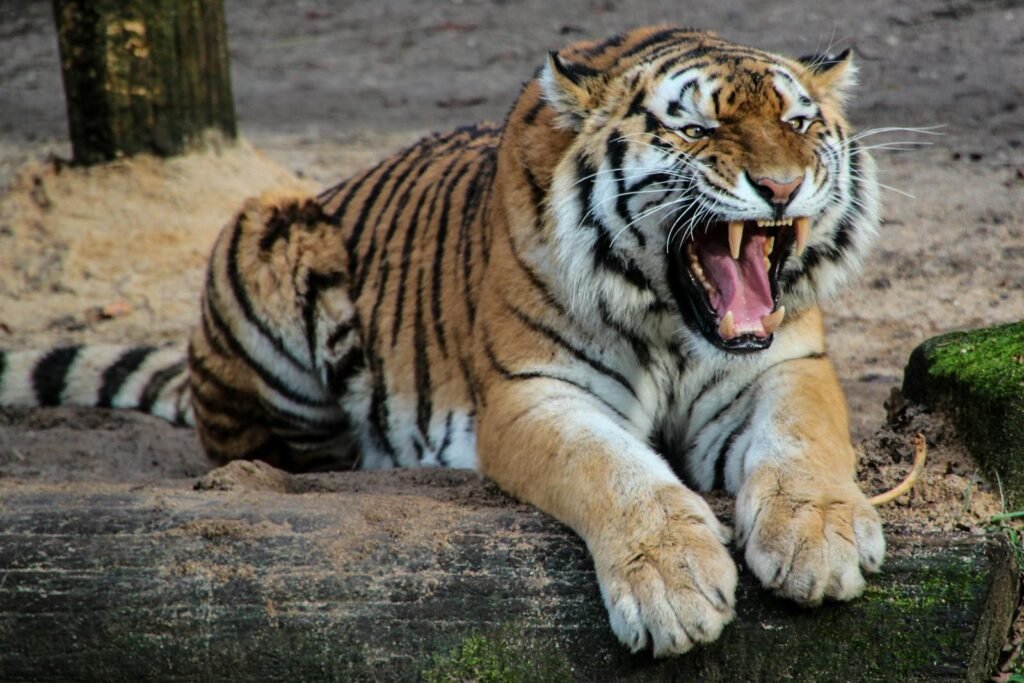
The Sundarbans mangrove forest offers a unique case study on tiger territorial behavior. Here, tigers have adapted to an aquatic environment, with territories that often include tide-influenced areas. These adaptations affect their territorial boundaries and hunting techniques compared to those in terrestrial habitats.
Conservation Implications of Territorial Behavior
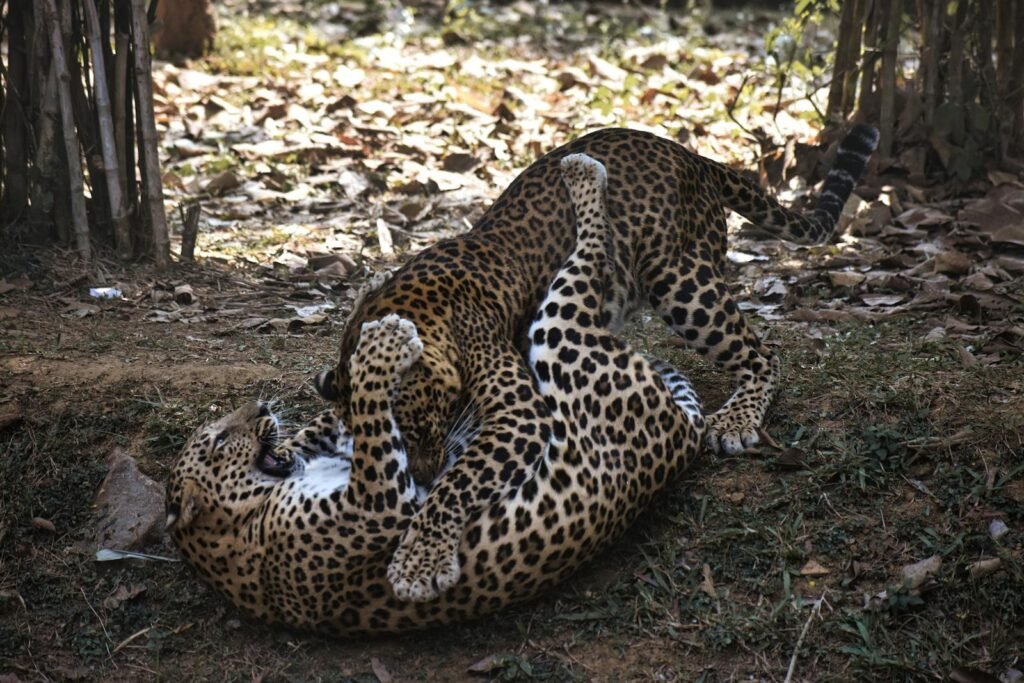
Understanding the territorial behavior of big cats is vital for conservation efforts. Territories need to be preserved and expanded in conservation plans to ensure their survival. Moreover, human developments need to account for these behaviors to minimize habitat fragmentation and human-wildlife conflict.
Technological Advances in Studying Territories
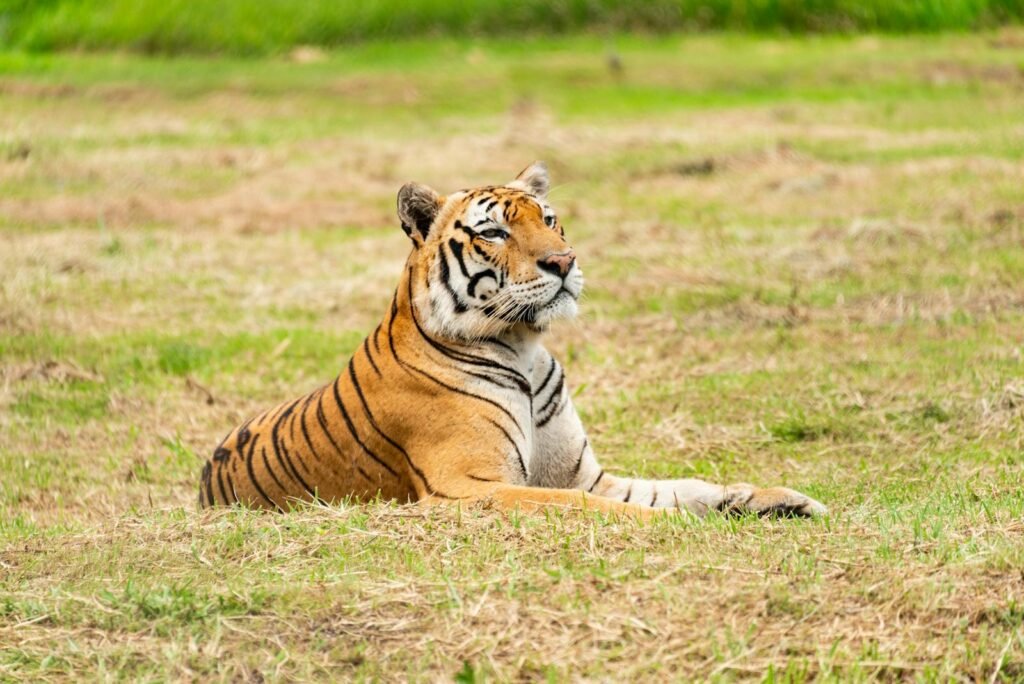
Modern technology, such as GPS tracking and camera traps, allows researchers to study big cat territories with greater precision. These tools provide insights into territorial sizes, movement patterns, and interactions between different individuals, enriching our understanding of these enigmatic creatures.
The Future of Big Cat Territories
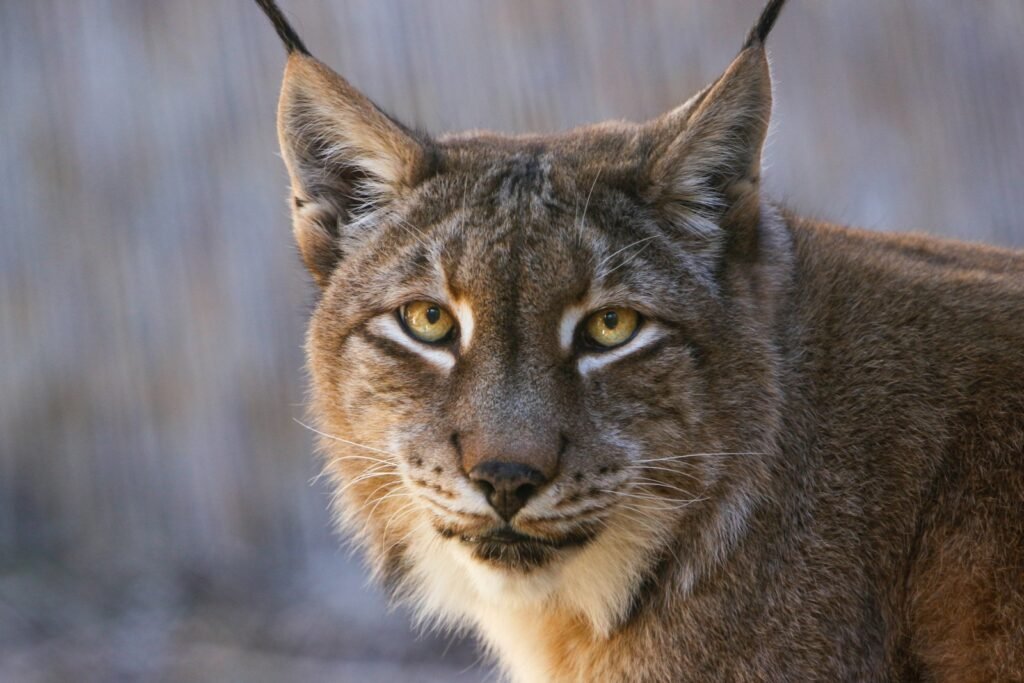
The future of big cat territories is uncertain. With ongoing threats from habitat loss, poaching, and climate change, their territories are under constant pressure. Innovative conservation strategies and increased awareness are essential to safeguard the habitats that sustain these magnificent animals.
Conclusion: Preserving the Balance
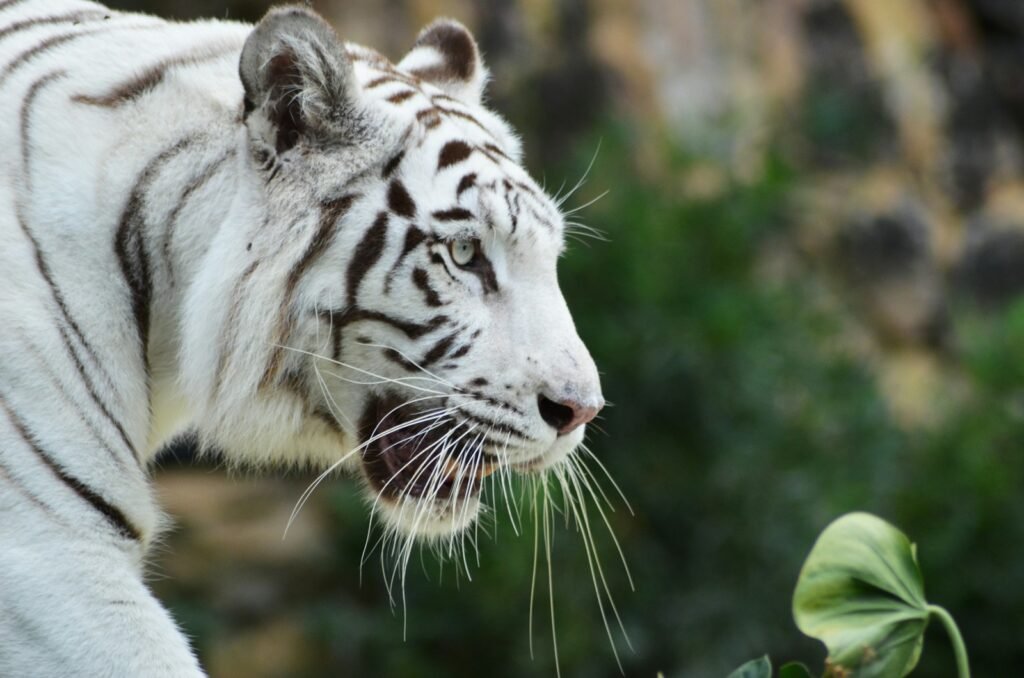
Territory selection in big cats is a complex interplay of biological necessities and environmental conditions. By safeguarding these territories, we not only protect the big cats but also preserve the ecological balance of which they are a vital part. Future conservation efforts must consider the territorial needs of big cats to ensure their continued existence in the wild.
In conclusion, understanding how big cats choose and maintain their territories offers key insights into their behaviors and underscores the importance of conserving their natural habitats. By safeguarding these majestic animals and their homes, we uphold the health of entire ecosystems, crucial for a balanced natural world.

Growing up traveling and experiencing new cultures and wonders, I have had a passion for nature, adventuring, photography, and videography. I am currently working towards a BSc in Biodiversity and Ecology at Stellenbosch University, and I hope to specialise in Marine Sciences one day.
Please send any feedback to Feedback@animalsaroundtheglobe.com






